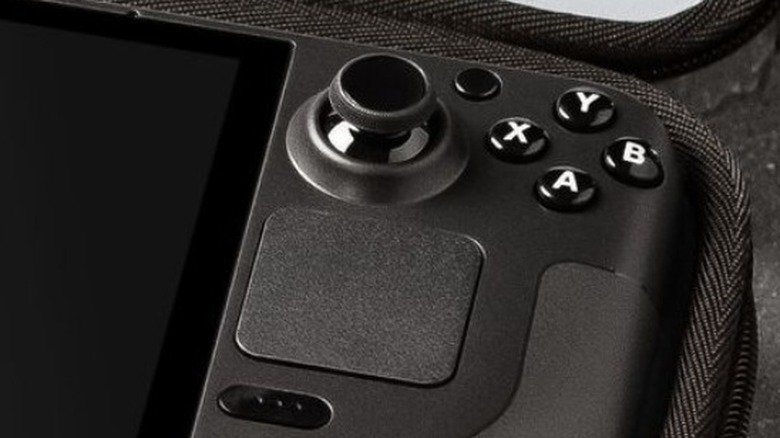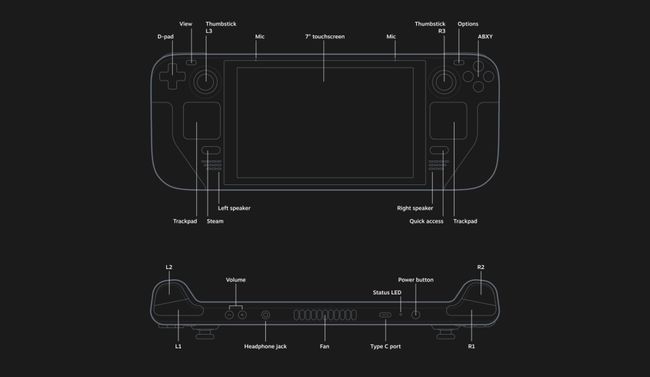
It fits the hardware and has quick access to any setting you may want to change mid-game.

You can build macros and chorded combinations with other keys and per-key turbo modes, and like I said, it’s dizzying - and Valve barely explains how any of it works. Theres no doubt, the Steam Deck is a better experience when its running SteamOS. and every one of the Deck’s 20-plus programmable controls can issue multiple different commands depending on how and when you press. You can click, swipe, flick, and “spin” a virtual trackball press down on their pressure-sensitive surfaces and even set their edges to continually move or turn your character.

In addition to providing an entire traditional gamepad worth of analog joysticks, triggers, and face buttons - almost all of which feel fantastic, I might add - you also get four rear grip buttons and a pair of Steam Controller pads so customizable, calling them “trackpads” feels like a disservice. The Steam Deck is a brilliant gaming device that should appeal to PC gamers looking for a way to play their games while on the go, but who don’t fancy a gaming laptop.

The 64GB model uses slower eMMC storage, while the models with more storage use faster NVMe storage the largest model has the fastest storage of all and also comes with an anti-glare screen. Okay, you might ask, but all the games I just named have gamepad support - what about the decades of mouse-and-keyboard fare? The Steam Deck lets you borrow or build a dizzying array of custom control schemes that make them feel at home, too. As a quick comparison of Steam Deck and Ally specs tables shows, the Ally will support a higher resolution at 1080p compared to Steam Deck's 800p, a higher refresh rate of 120Hz compared to Steam. The Steam Deck costs 399 for the 64GB model, 529 for the 256GB model, and 649 for the 512GB model.


 0 kommentar(er)
0 kommentar(er)
